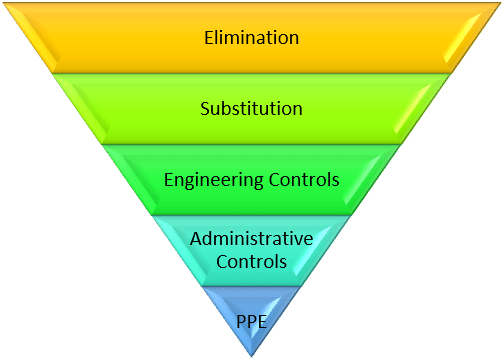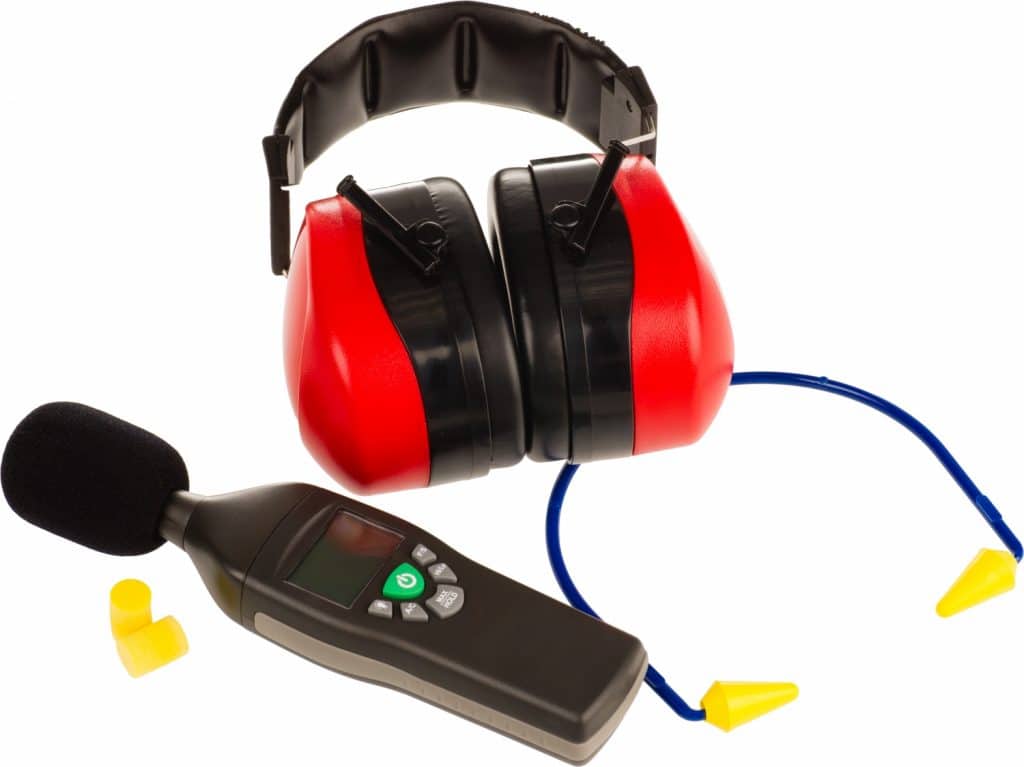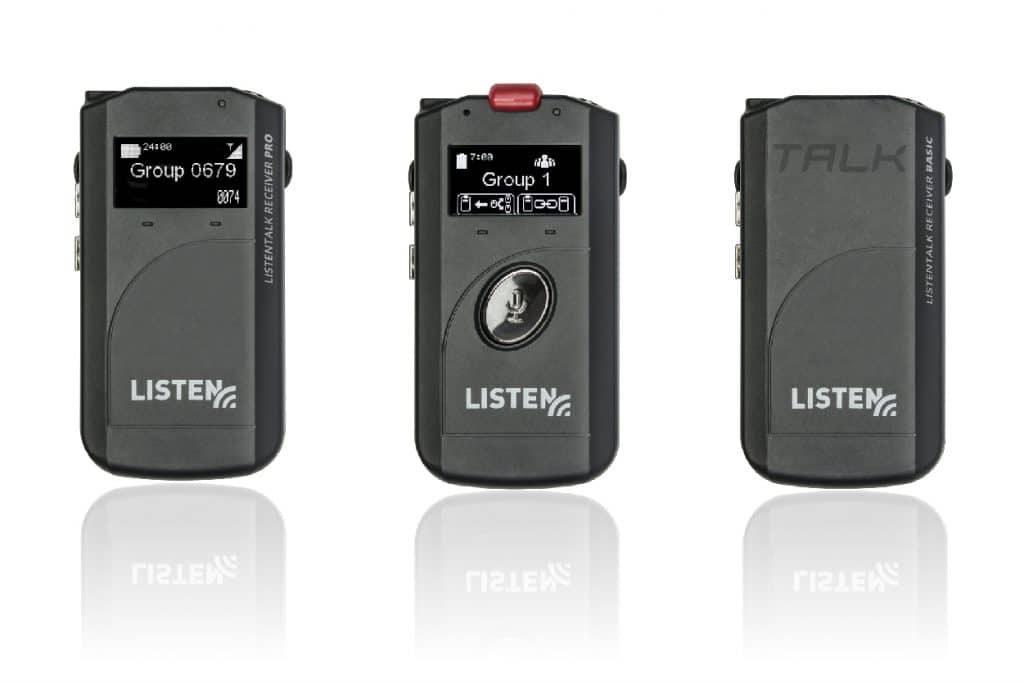- Loading…
Did you know that in the United States, hearing loss is the third most common chronic physical condition? The only two conditions that occur more often are high blood pressure and arthritis. This means hearing loss is more common than diabetes, vision trouble, and even cancer.
In the workplace, hearing loss prevention is an ongoing effort and has been since the creation of OSHA in 1972. OSHA requires annual hearing conservation training, audiometric testing, and controls to be used to protect worker hearing. Despite these regulations, The Hearing Journal estimates that 242 million dollars are spent annually in the U.S. for workers’ compensation for hearing loss disability. The average hearing loss payout averaged $6,688 from 2000 to 2012.
Yet, the vast majority of hearing loss is avoidable. In fact, we know that hearing loss caused by exposure to loud noise absolutely preventable.
The Hearing Journal estimates that 242 million dollars are spent annually in the U.S. for workers’ compensation for hearing loss disability.
We have a problem in the workplace, and we know the solution. So why is noise-induced hearing loss still occurring?
The answer is, the solutions are not effective.
The issue with noise solutions is they mostly haven’t been introduced at the right time. Those who are familiar with the hierarchy of controls recognize that personal protective equipment (PPE) is the last and least effective method for controlling a hazard like noise. Unfortunately, the noise level a piece of machinery produces might not be considered until it’s in use by workers.

Figure 1. Hierarchy of Controls
By the time a company recognizes it has a noisy new piece of equipment, it is often too late to reduce noise effectively. Along with increased production, the organization has also introduced a higher risk of noise-induced hearing loss.
In manufacturing, a sound-proof booth may then be implemented for operators to have a quiet work area. However, many operator’s routes include inspections throughout the shift. Trouble-shooting is typically conducted outside in high-noise areas. That means the employees are dependent on alternative noise controls for significant portions of their jobs.
Often, the next solution is to provide hearing protection for employees. In many cases, all that is preventing a worker from hearing loss is a tiny, foam cylinder known as an earplug. The problem is, if the earplug doesn’t fit or isn’t worn correctly, you may be getting as little as 1-2 decibels of hearing protection.
So as a concerned employer, how can we do better when it comes to hearing protection?
To use the most effective solutions, you need to begin at the top of the hierarchy controls and work to stop noise at the source. Although using one of these approaches is typically more costly, they are also more effective and sustainable over the long term.
The first approach is to try to eliminate the noise. Most companies rarely find this option realistic or feasible due to production needs. However, removing noisy machinery is the best option when it is possible.
The next step is to substitute noisy equipment for quieter options. Substitution can include solutions such as replacing old equipment for more modern models designed with safety in mind. It could also involve replacing loud components with those that are quieter. An example of this would be replacing fans that chop the air, creating loud air disturbances, with those that slice the air using more sophisticated angles and emitting less sound.
The next most desirable solution is engineering controls. Engineering solutions would include noise-proof enclosures and other designs that can quiet machinery. There are two approaches to eliminating sound this way. One is quieting the source, such as enclosing equipment to contain the noise. The other is to build enclosures for employees to protect them from the noise. The general rule of thumb is that it is preferable to quiet sound at the source, focusing on the machine or process. However, in some circumstances, both the source the receiver need to be protected due to the level of noise.
These solutions are highly effective and can create long-term improvements. But those of us in safety know that sometimes these options are either too expensive or take a long time to implement. To ensure employees are protected, we need to also have an arsenal of cost-effective options ready at our fingertips.
Administrative controls are always an option. The trick is that they often rely on work practices like specific procedures that employees may not follow. Limiting the duration of time employees may be a noisy area, or relocating work stations to quieter areas are examples. The problem with this approach is that these procedures have to be followed by employees to be effective. Supervisors and managers will also need to be committed to making sure employees are integrating the new work practices.
The last and least of all these solutions is PPE. When talking about hearing protection, personal protective equipment includes earplugs and earmuffs. Like administrative controls, PPE is only as effective as the people using it.

According to a study published by the CDC, earplugs are rarely worn effectively. The study found that earplugs, which had a noise reduction rating of 25 decibels, were often only providing hearing protection in the range of 1-13 decibels. For those of us concerned about employee hearing, these results are hugely disappointing.
Employees simply weren’t using the product correctly, or the product didn’t fit.
To properly insert earplugs, use these steps:
To know if earplugs fit correctly, first insert them using the steps listed above. When you are all done, the entire foam body of the earplug should be in your ear canal. If the earplug is still partially out of your ear, it is a good indication that you will need a smaller size.
Correctly inserting earplugs along with selecting the correct size can result in better noise reduction by 15-24 decibels.
For a more reliable fit, some employers opt to offer employees custom-fitted earplugs. However, these often do not ensure a seal since they are made from more rigid materials, meaning the overall level of protection is not necessarily better.
Earmuffs are also a popular solution. Many employees prefer earmuffs because of the comfortable fit over the ear. They also have the added benefit of one size fitting most employees. The disadvantages are that hair and beards can get in the way of a tight seal. Although there is generally less room for error when it comes to earmuffs, there is also less noise reduction. The average total noise reduction rating is around 20 decibels, versus 29 decibels for the average earplug.
The last option is combining both earplugs and earmuffs. These two items together can protect employees in extremely noisy environments where the sound can exceed 100 decibels. To calculate the total hearing protection for the combination of both types, add 5 decibels to the highest noise reduction rating of the two types of equipment for a combined noise reduction rate.
Hearing loss is still a significant problem in the United States, despite good efforts on the part of both employees and employers. The good news is that there are many effective solutions. The best thing we can do is to utilize the most effective solutions for our workforce. Taking steps in the right direction with a goal of long-term success is the path to making noise-induced hearing loss a thing of the past.

We would love to deliver valuable insights right to your inbox once a month.

We would love to answer your questions, provide you with a detailed quote, or send you more information.
14912 Heritage Crest Way
Bluffdale, Utah
84065-4818 USA
Phone: +1.801.233.8992
Toll-Free: 1.800.330.0891
Office Hours
8:00 am – 5:00 pm MT
Monday – Friday
First, select the calculator type, USA (for Americans with Disabilities Act - ADA), California (for California Building Code), or Australia (for Australia's Disability Discrimination Act 1992). Enter the seating capacity and the number of minimum assistive listening devices required and the minimum number of neck loops will automatically populate based on the calculator type selected.